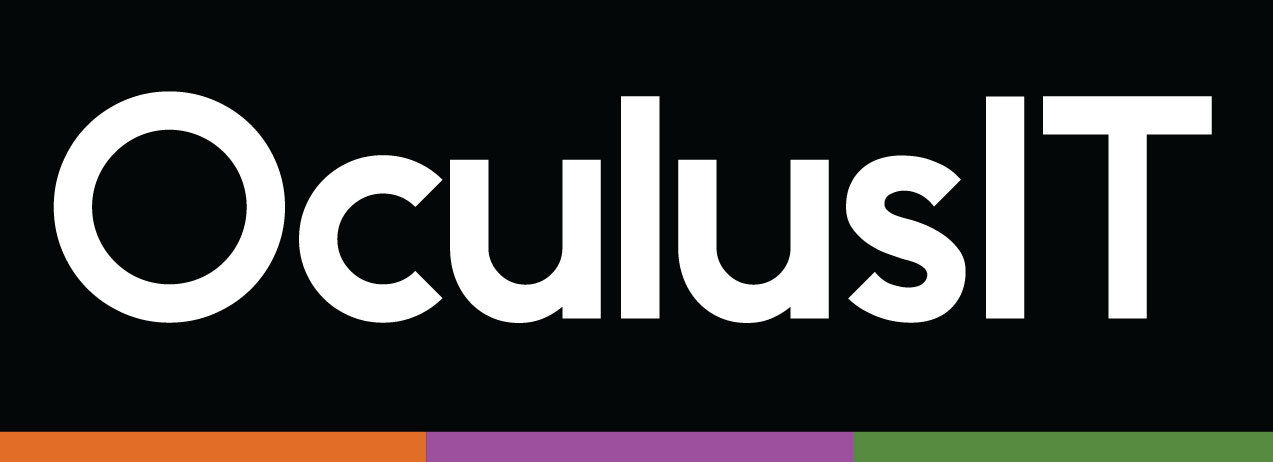
Cybersecurity Essentials to Prepare Your Institution for the Fall Semester
June 28, 2023
With the upcoming fall semester, it is imperative for higher education institutions to establish a strong cybersecurity plan to safeguard sensitive data, maintain uninterrupted operations, and preserve the integrity of its digital landscape. To help prepare your team for the upcoming academic year, OculusIT has created a cybersecurity checklist designed to assist you in evaluating and strengthening the security protocols.
Begin with Security Risk Assessment: Start by doing a complete security risk assessment to ensure a strong cybersecurity posture. This evaluation tries to pinpoint weak spots in your IT infrastructure as well as vulnerabilities and potential attack routes. You will learn important information about your institution’s overall security posture by conducting this evaluation. These insights will act as a roadmap for putting other cybersecurity measures into practice and fortifying your defenses. If you’re unsure where to start, check out OculusIT’s complimentary Higher Education Cyber Hygiene Report.
Maintain System Updates and Patching: The most recent security patches and software upgrades must be applied to all systems, including servers, workstations, and network devices. Applying these fixes on a regular basis is essential for fixing recognized vulnerabilities and defending against possible exploits that hackers could use.
Enforcing Strong Password Policies: Implement strong password regulations throughout the institution, requiring users to generate complicated and unique passwords. Institutions can add an extra layer of protection by encouraging the use of password managers and multi-factor authentication (MFA).
Security Awareness Training: For the safety and security of all users, investing in thorough cybersecurity awareness training programs is a must. Inform students, faculty, and staff about typical dangers including malware, social engineering, and phishing attempts. Teach them how to spot suspicious emails or other activity, and how to report it, all while emphasizing the need of practicing good cybersecurity hygiene.
Secure Network Infrastructure: To guarantee the strength and appropriate configuration of the institution’s network infrastructure, it is essential to take certain measures. These include implementing robust firewalls, intrusion detection and prevention systems, and secure Wi-Fi networks. It is also advisable to create separate networks for administrative functions, research, and student access. This segregation of networks can effectively restrict potential breaches and limit the consequences of an attack.
Consistently Perform Data Backups: To safeguard against data loss during a cyber incident, it is vital to regularly create backups of critical data and systems. Ensure the establishment of a dependable backup mechanism, both on-site and off-site, and periodically conduct tests to verify the restoration process. Communicate the significance of backup practices to all relevant stakeholders, including faculty, staff, and students.
Create an Incident Response Plan: Formulate an all-encompassing incident response plan detailing the essential actions to be executed in the case of a cybersecurity incident. Clearly define roles and responsibilities, establish effective communication channels, and regularly conduct practice drills to guarantee the plan’s efficacy. Continuously review and revise the plan to align it with evolving threats and technologies.
Monitor Network Activity: Ensure vigilant monitoring of network activity by implementing resilient systems for network monitoring and logging. Employ intrusion detection systems (IDS) and security information and event management (SIEM) solutions to effectively track network traffic, identify any abnormal patterns, and promptly respond to potential threats.
Limited Access to Sensitive Data: Enforce strict access controls for sensitive data by adhering to the principle of least privilege (PoLP). Continuously evaluate and adjust user access controls, eliminating unnecessary privileges and implementing robust authentication mechanisms.
Establish Partnerships and Collaborations: Foster partnerships and collaborations with other higher education institutions, industry experts, and cybersecurity organizations like OculusIT to facilitate the exchange of best practices, threat intelligence, and emerging trends. Engage in information-sharing forums and stay abreast of the latest cybersecurity developments to proactively address potential risks.
As higher education continues to see a technological upheaval, leadership must collaborate with on-premises IT teams to help drive their security strategy. The growing digitization of educational processes, safeguarding sensitive data, and fostering a secure learning environment need to remain a top priority for colleges and universities, and proactive measures must be taken to ensure systems stay secure.
Don’t wait until it’s too late. Contact us today to schedule a consultation and ensure that your institution is well-prepared to face the cybersecurity challenges before the fall semester begins.
Recent Articles







